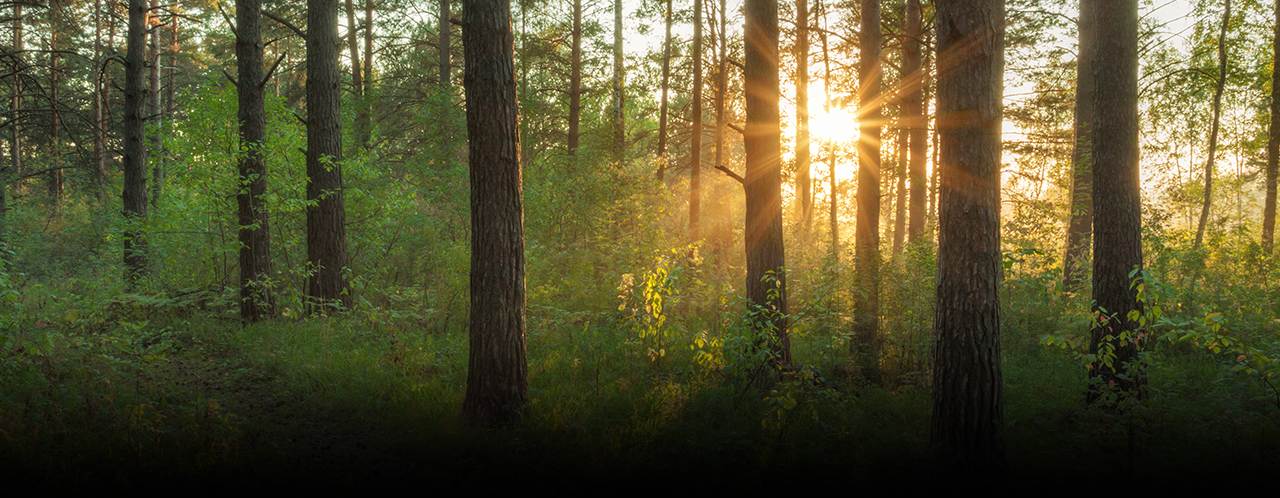Inland Vs Coastal Cedar
Monday 26th October 2020.
Western Red Cedar is one of the most popular premium softwood species in the UK. The natural durability and stunning aesthetics of Western Red Cedar make it an obvious choice for cladding, roofing shingles, pergolas, fencing slats, saunas, greenhouses, solar shading and much more.
Like all softwoods, there is a standard grading system in place to designate how clear a board may be. There are also cut distinctions like vertical grain, when you want that perfect, straight grain face appearance.
Another factor should be considered, however, this is not often discussed. In some cases, your supplier may not even know the answer, yet it will dramatically change the appearance of the wood you receive.
Inland Vs Coastal Cedar.
Coastal Cedar is most referred to as Western Red, and it will grow in coastal British Columbia and coastal Washington, Oregon and even California. Inland Cedar is often named as such and it grows all the way into the Western slopes of the Rockies. There is a dramatic change in soil chemistry and rainfall as you venture inland and this environment changes the appearance of the lumber. There are also some physical property differences like strength, density and durability.
Coastal Cedar grows quite large and fast and shows very few knots. Large timbers, wider boards, straight grain and very clear boards are common with this variety. The colour will usually be darker with more natural variation. This is mostly due to the high rainfall amounts which the Coastal Cedar trees receive that evens out the early and late growth seasons. When you are requesting Western Red Cedar, this is the lumber you are most likely getting. These boards are commonly used for Cladding, Fence Slats & Shingles. They are graded on appearance (knot content and grain).
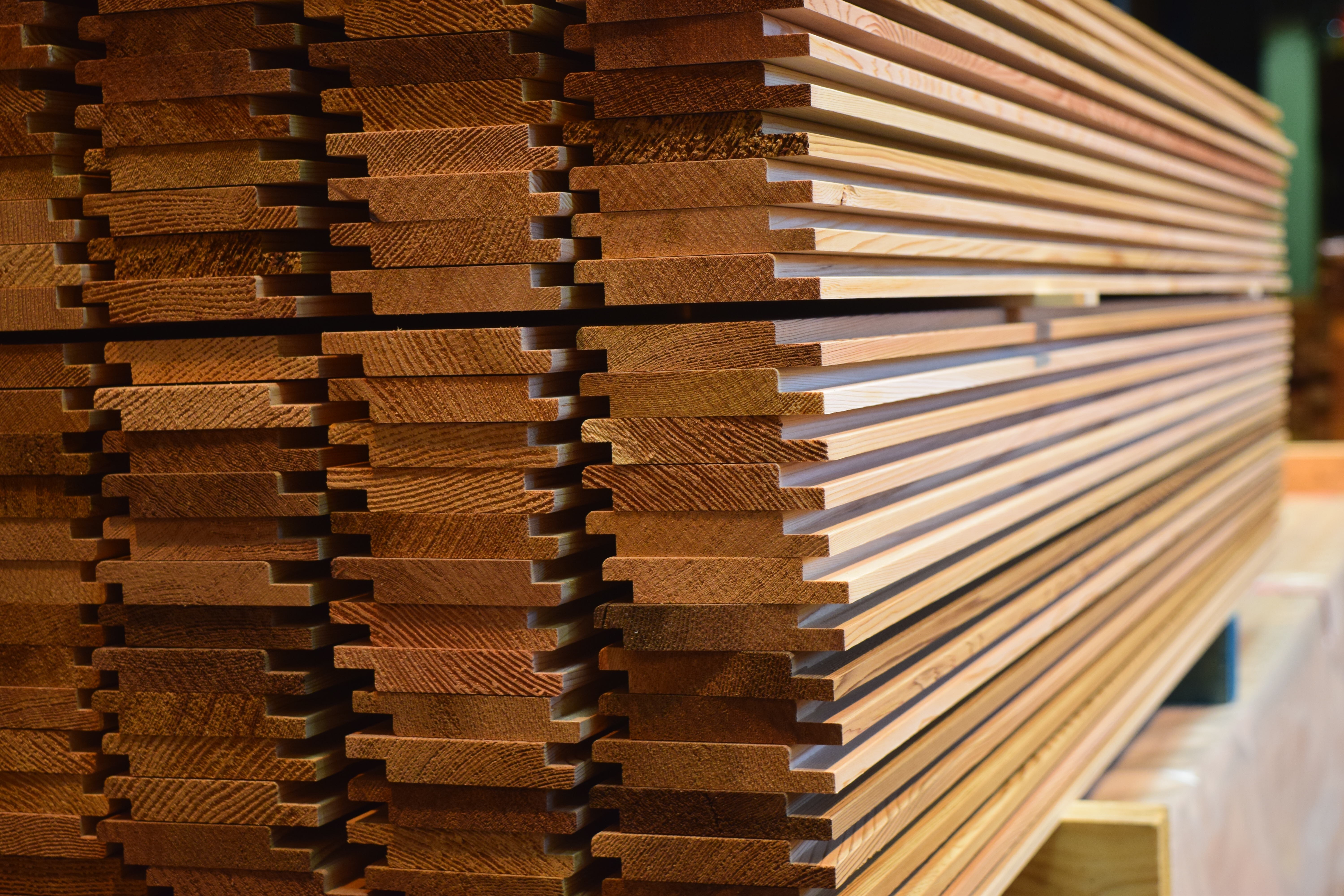
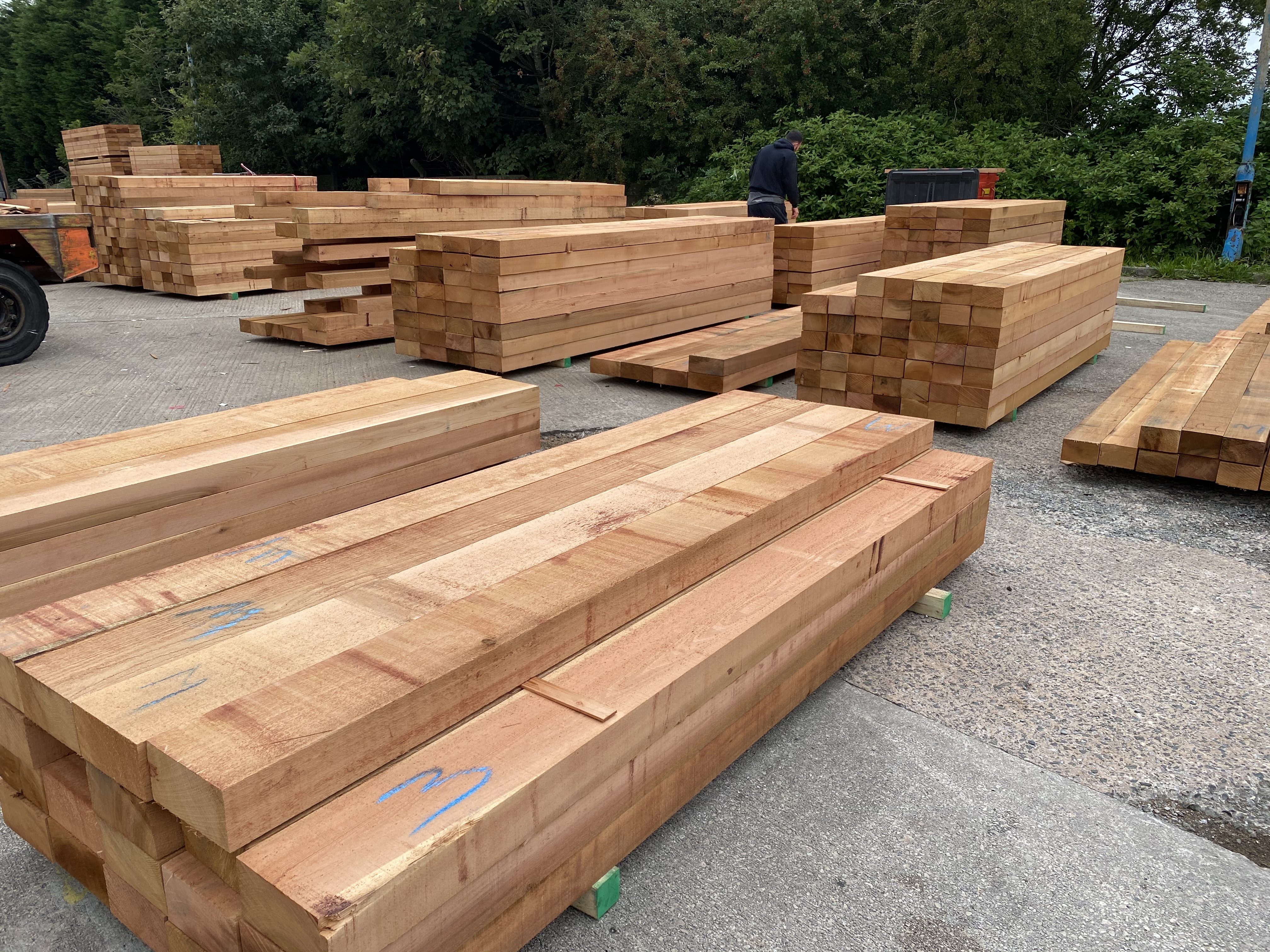
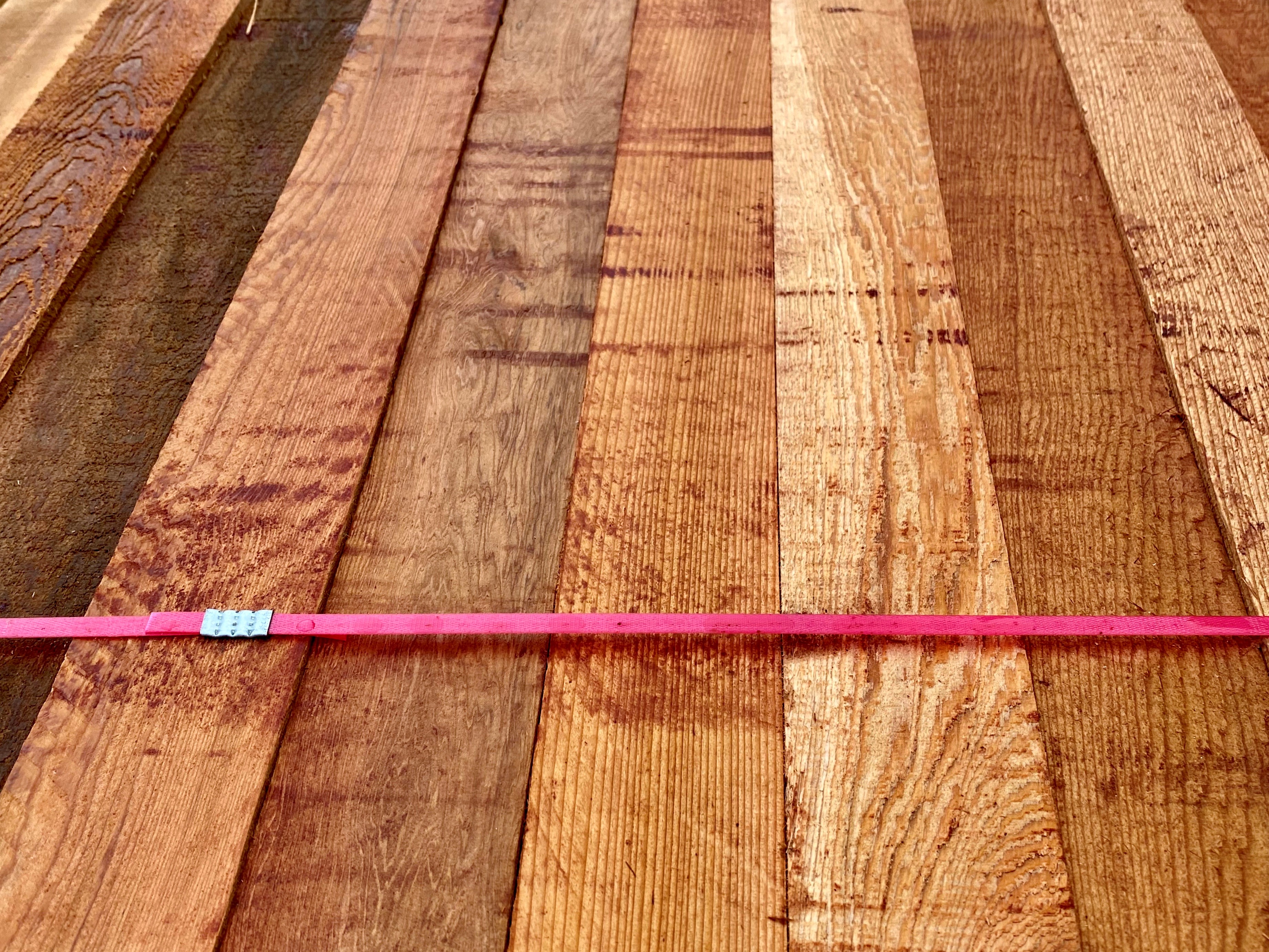
Inland Cedar is a lot lighter in colour, knottier and will not grow as large as Coastal Cedar due to a more arid climate and greater seasonal changes. This varying environment causes greater density changes from early to late growth, so the lumber appears striped. Since the tree does not grow very large, it branches much more, which causes this knotty appearance (making it very difficult to find clear lumber). Because of this, Inland Cedar is mostly used for knotty grade products like panels, decking and flooring.
.jpg)
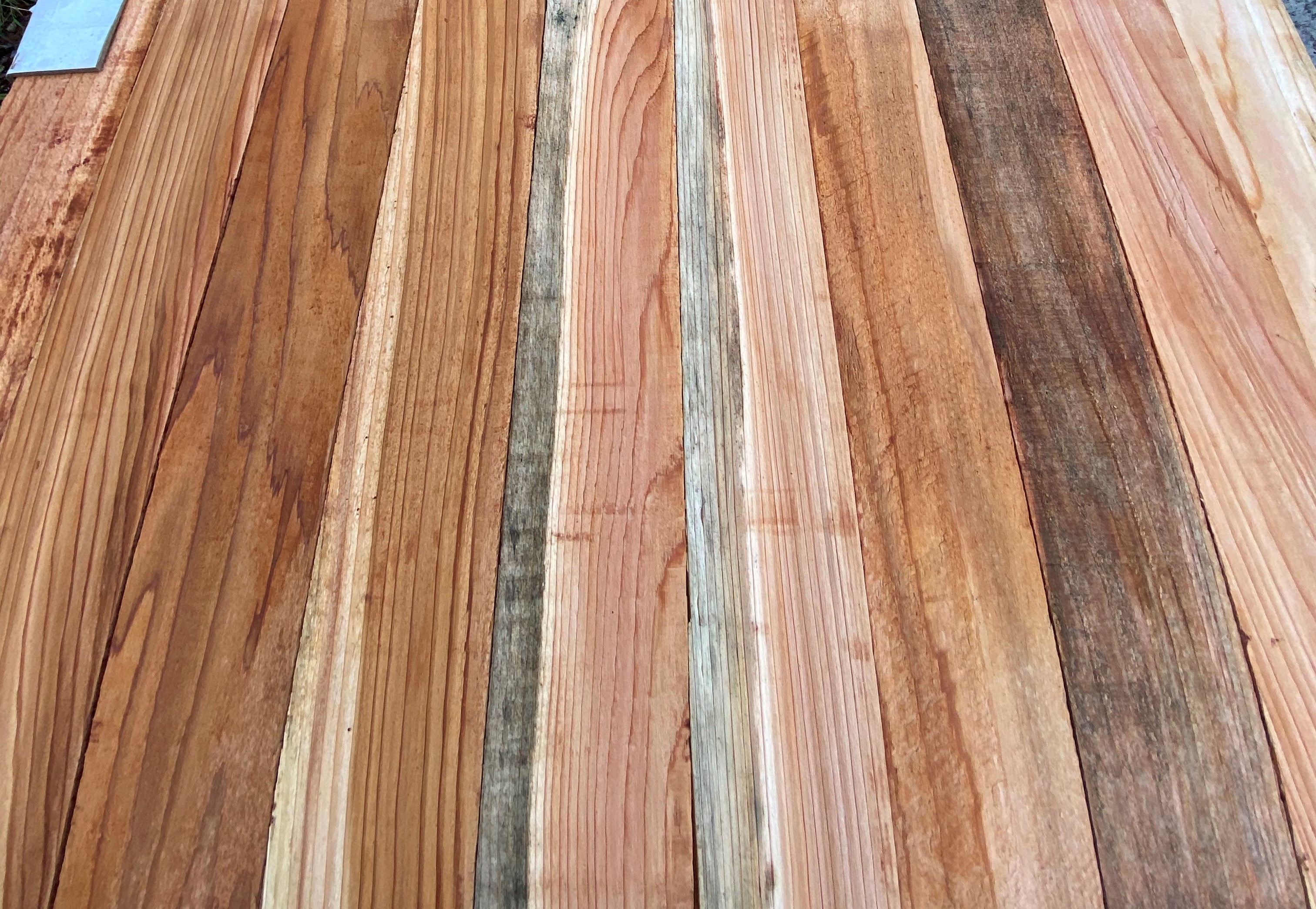
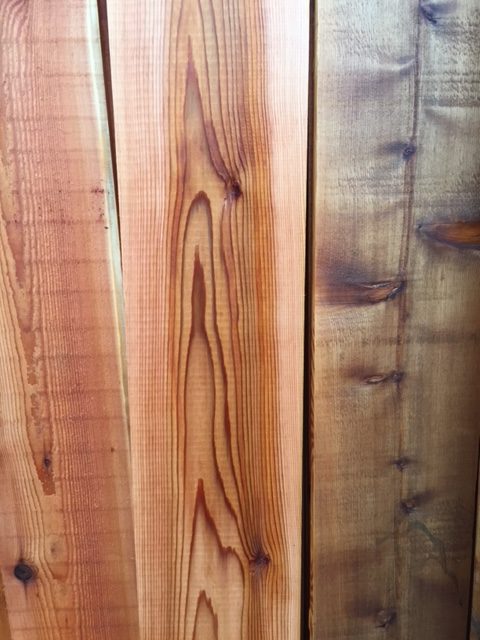
Timber keeps us on our toes! Even the exact same species when grown in different climates will present different lumber. Knowing the differences will save you a lot of heartache when trying to find the right material for your next project.
Prowood have spent the past 20+ years researching and developing our supply chain to ensure we provide the UK market with some of the highest quality Coastal Western Red Cedar available.
Price is important but quality is essential!
We currently have over 3000m³ of Western Red Cedar available for prompt dispatch anywhere in the UK/Ireland.

